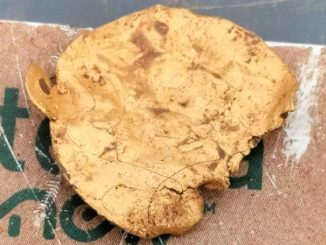The Talisman of Charlemagne stands as a testament to the intersection of history, legend, and the allure of precious jewels. Crafted from filigreed gold and adorned with an oval sapphire cut into a cabochon, this invaluable pendant from the 9th century AD holds within it a relic and is embellished with 53 precious stones, including pearls, garnets, amethysts, and emeralds. Yet, this talisman is more than just a piece of jewelry; it is steeped in the lore of Charlemagne, the legendary ruler of the Carolingian Empire, and the tales of its journey through time.
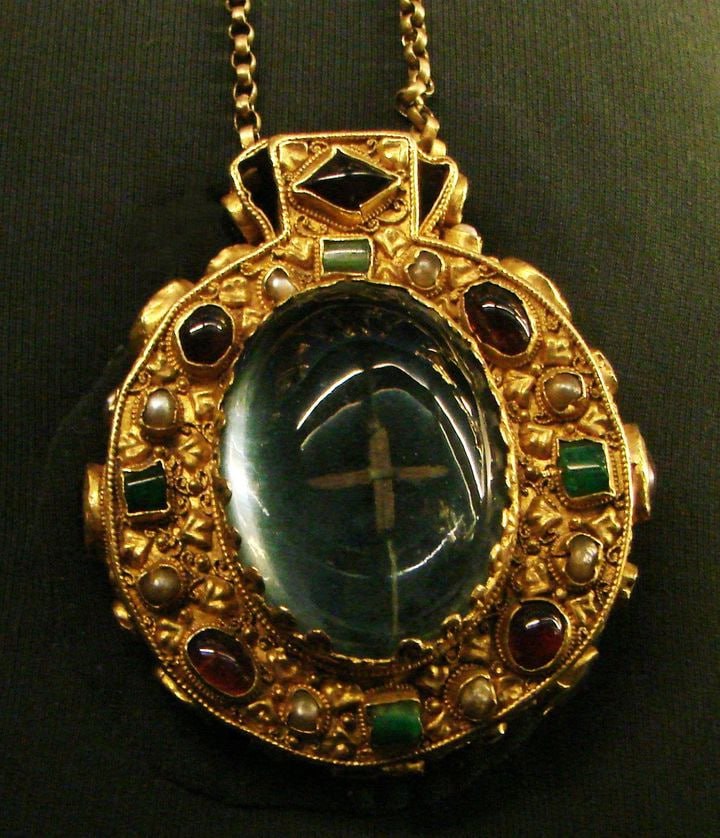
Charlemagne, the great Frankish king and Holy Roman Emperor, received the Talisman as a gift from the Caliph of Baghdad, Harun al-Rashid, in the 9th century AD. It is said that Charlemagne always wore the talisman on his chest and expressed his desire to be buried with it, such was its significance to him. The talisman thus became intertwined with the legacy of Charlemagne, symbolizing his power, influence, and connection to the divine.
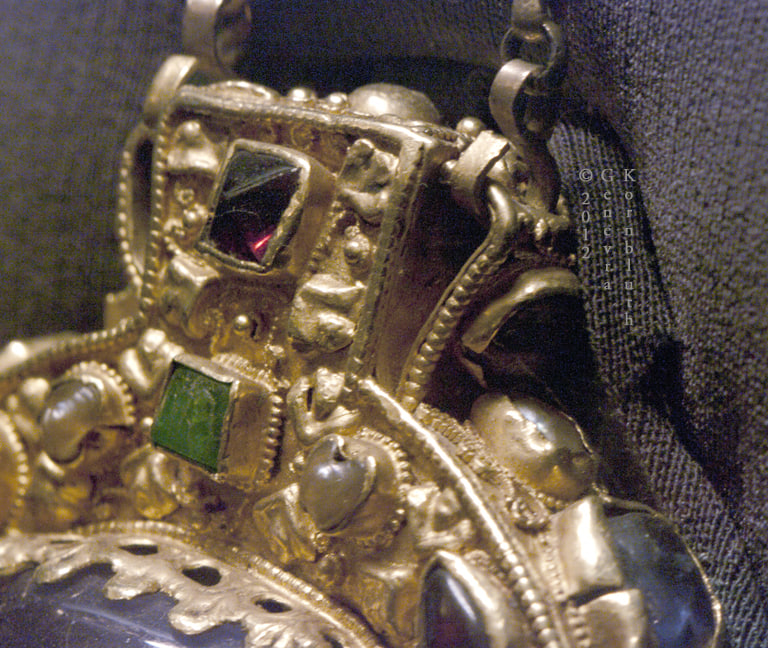
In the year 1000 AD, Otto III, Emperor of the Holy Roman Empire, had Charlemagne’s tomb opened and claimed possession of the Talisman. For centuries thereafter, it remained safeguarded within the confines of the cathedral of Aachen, a revered relic of Charlemagne’s reign. However, in 1804, the bishop of Aachen made the decision to donate the talisman to Josephine Beauharnais, the wife of Napoleon I, Emperor of the French, marking a pivotal moment in its journey through history.
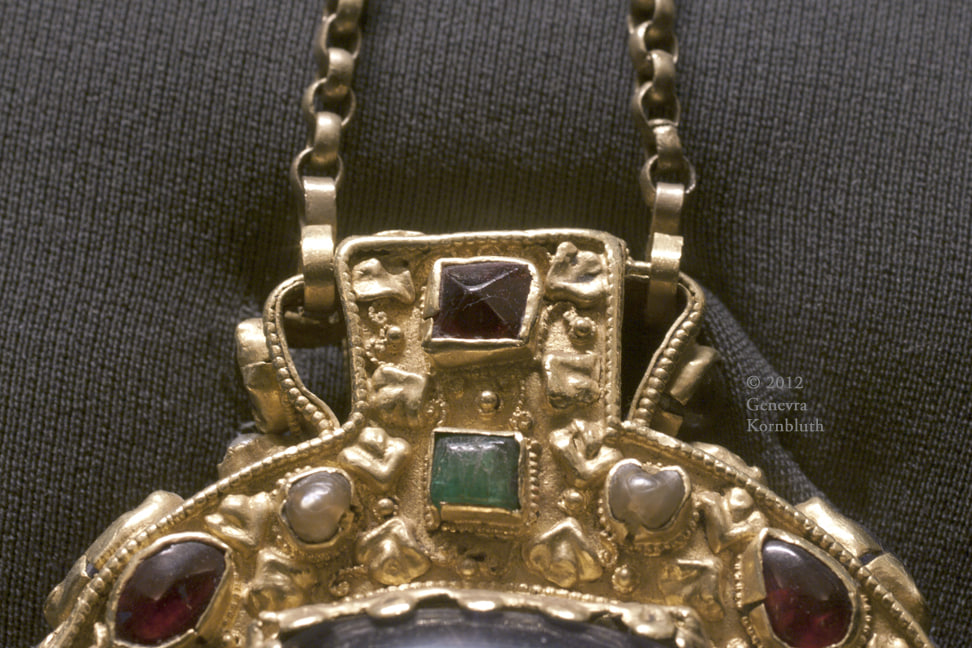
Josephine Beauharnais, upon receiving the Talisman of Charlemagne, cherished it as a prized possession. Upon her death, she bequeathed it to her daughter, Ortensia, who in turn passed it on to her son, Napoleon III, and his wife, Eugenia. Finally, Eugenia made the decision to donate the talisman to the Cathedral of Reims, where it found its permanent home in the Tau Palace, France. Today, the Talisman remains on display, a tangible link to the storied past of Charlemagne and the enduring legacy of one of history’s most illustrious rulers.
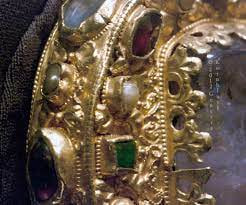
In conclusion, the Talisman of Charlemagne represents more than just a piece of jewelry; it is a symbol of power, prestige, and the enduring allure of history. From its origins as a gift from the Caliph of Baghdad to Charlemagne’s cherished possession, and its journey through the hands of emperors and empresses, the talisman has traversed centuries of history, leaving an indelible mark on the annals of time. As visitors gaze upon its filigreed gold and precious gemstones, they are transported back in time, to an age of knights, kings, and the legendary ruler whose legacy continues to captivate the imagination.
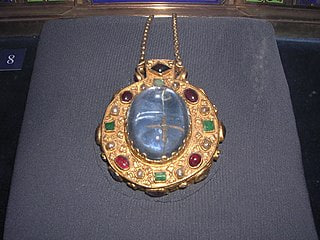
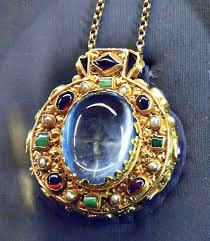
Archaeology plays a crucial role in uncovering the secrets of the past and preserving our cultural heritage for future generations. The Talisman of Charlemagne is just one example of the treasures that archaeologists unearth, shedding light on the lives and legacies of those who came before us. Through careful excavation and analysis, archaeologists piece together the stories of ancient civilizations, offering valuable insights into the customs, beliefs, and achievements of our ancestors. As we continue to explore the wonders of the past, let us remember the importance of preserving our cultural heritage and safeguarding these treasures for generations to come.
